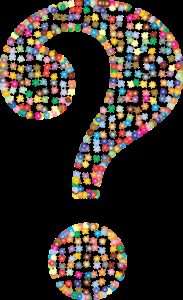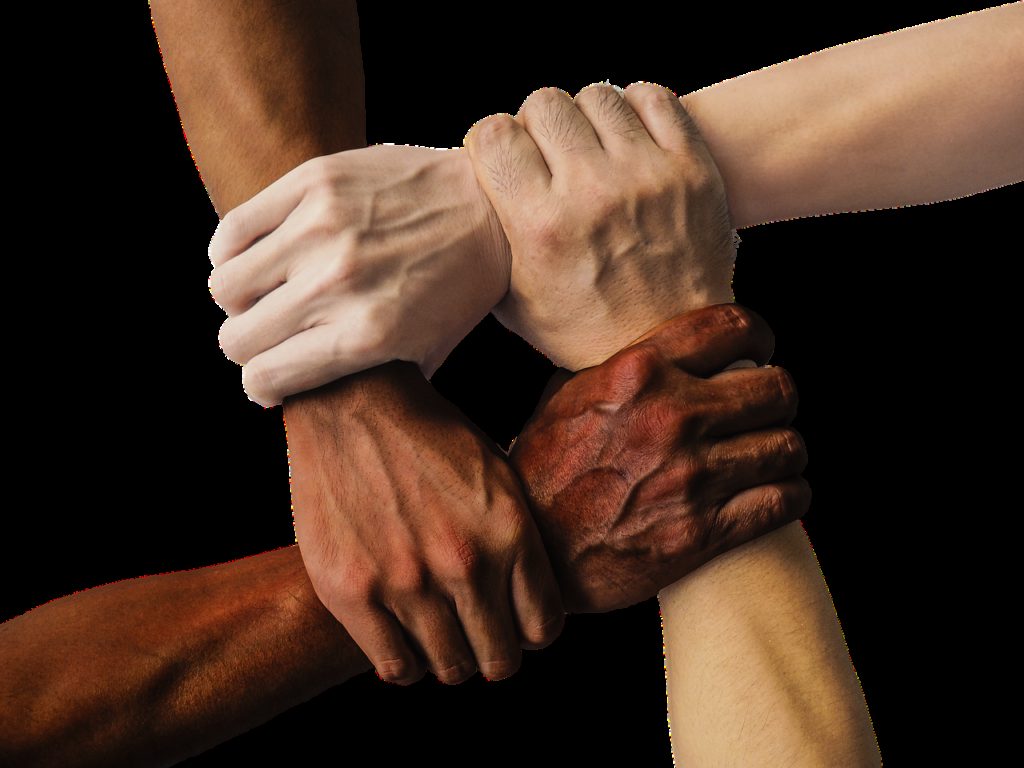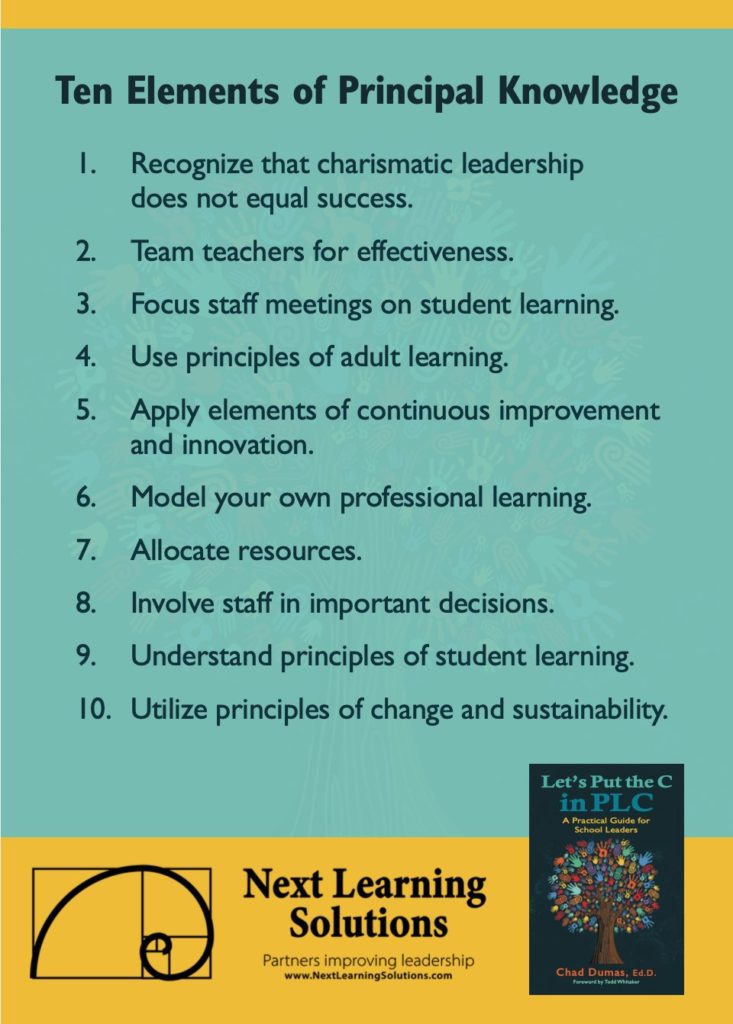A Group Doth Not a Team Make
February 7, 2021
You’ve likely heard the cliché, “There’s no ‘I’ in TEAM.”
While this is true in a literal sense, the development and growth of individual members, coupled with the development of the group, is what makes all the difference in whether or not a team is effective.
Element Three of what school leaders need to know to create a collaborative workplace environment is all about teaming. Let’s take a look at a few practical applications of what it means to build teams: Effective grouping, Focusing the work, Using protocols, and Networking.
Effective Grouping
First of all, the ideal group size is three to five; effectiveness of groups tends to diminish with six or more members.
Second, just because a grouping of staff makes sense to you doesn’t mean that it makes sense to everyone else.
Talk.
Use data. Both professional practice data and student learning results.
While it may make sense, scheduling-wise or from a theoretical perspective, to group a Special Education teacher with the Algebra I teachers, or the elementary Counselor with a specific grade-level, or all of the “specials” together…it may not make sense for the purpose of improving professional practice and results for kids. Group for improving practice and for student learning only, even if it’s harder.
Further, groups don’t need to be set in stone for all eternity. Flex. Use that data. And Talk.
These questions, openly asked and genuinely pursued, create possibilities for groupings that will build a collaborative environment, maximize the time of staff, and improve both our practice and results for students.

Here are two questions that can be helpful in talking with colleagues about appropriate groupings:
- What does your student data show you about what their needs are? (Student data)
- What do you need to learn in order to be able to meet those needs? (Professional practice data like observations, evaluations, and self-assessments)
Focusing the Work
Of course, thoughtfully and collaboratively grouping staff together is just the first step. What is the “stuff” of effective teams?
Quite simply, the focus is on improving teaching and learning. This is the filter through which we ask ourselves if we are doing the right work.
Not field trips. Not bus coordination. Not arrival and dismissal schedules.
Improving teaching and learning.
The work to improve teaching and learning can be thought of in three big areas:
- Working, planning, and thinking together
- Reflecting via dialogue regarding professional issues
- Observing and reacting to teaching, curriculum, and assessment
If we are doing any of these three, while focused on improving teaching and learning, then we’re doing the right work.
Using Protocols
No one ever trained us how to collaborate. And it doesn’t come naturally.
Sure, we can get along. But collaboration to improve teaching and learning? That’s a whole other realm.
One effective answer? Protocols
I’m reminded of a study from Google from a few years ago. They looked at teams in their organization and tried to figure out why certain teams were successful and others were not.
What made effectiveness was not the degrees of the individuals. Or their expertise. Or how much they liked each other.
What made effectiveness was two things: 1) Social sensitivity and 2) Equity of turn-taking.
Social sensitivity involves the ability to read each other’s non-verbal cues and then respond accordingly. And turn-taking is just making sure that everyone has a voice and that one or two individuals don’t overpower others.
In times of heightened awareness of equitable practices for students, it behooves us to also consider equitable practices with adults. In other words, making sure that all voices are in the room, no matter their color, gender or other reason someone may not be heard. And beyond simply being heard, making sure that all voices are valued. Effective teams welcome and encourage diverse views.
While social sensitivity is more nuanced and requires time, patience, and a host of other characteristics, ensuring the equity of turn-taking is a relatively simple proposition that can be solved through the use of protocols.
Here are two great resources of protocols and strategies for improving our practice:

There are lots of protocols that can be helpful. A couple of my favorites are Trios PPPI (from the Thinking Collaborative) and The Last Word Protocol (from the School Reform Initiative).
Before you jump in, two pieces of advice:
- Know the protocol REALLY well before using it, and
- If at all possible, try the protocol out with those who don’t have a vested interest before using it with colleagues.
I’ve seen protocols fall flat on their face more than once, and then this leaves a sour taste in people’s mouths. So don’t wing it.
Networking
Finally, observation can be a powerful tool.
Engage each other in observing effective teams in action. Go and visit–be a mouse in the corner and just observe.
Then reflect with each other and make changes to your own practice.
We learn a ton by seeing others, comparing their practice against our own, and then making changes to improve our work.
The Power of One
Never underestimate the power of one person to alter the dynamics of a group.
A few years ago I was in a meeting with both building principals and district leaders.
It was heated.
Whatever the topic was, passions were flying. And little movement was being seen.
At one point, a member lifted their palm-up hand in front of them and, in a calm voice, said, “So….[with an appropriate pause]. It seems as though we’re concerned about three things. First… Second… Third…”
The entire room was stunned into silence as the temperature came down, we looked at each other and said, “Yep–that’s about right”.
Had she not done this, I don’t know how long we would have gone nor how futile our efforts would have been.
While there is no “I” in “TEAM,” there are definitely individuals. And an optimum number of individuals doing the right work, focusing on improving teaching and learning, and learning from others are the foundation of high quality teams.
Question for Reflection
- What steps might I take to increase the effectiveness of our team(s)?
Do you have a story you’d like to share?
Comment below
(or email [email protected])
Know of someone who would appreciate this post? Share it with them!



